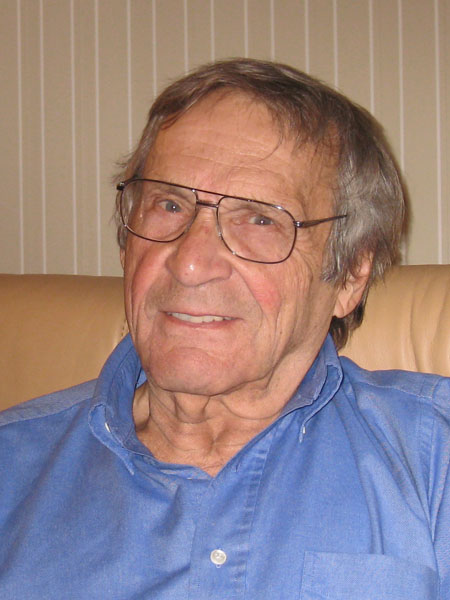- Basic UNIX and Chemistry Software
- UNIX software
- application software I
- Gaussian
- input files for Gaussian 03
- running Gaussian jobs through a queueing system
- output files generated by Gaussian 03
- GaussView
- Molden
- Gaussian
- geometry optimization - what is the preferred structure of molecules?
- geometry definition in Gaussian 03
- coordinate systems
- transition state optimization
- reaction path following
- following the reaction pathway - choosing direction, stepsize, and convergence parameters
- a worked example
- choosing a coordinate system
- Searching conformational space with Force Field methods
- 2nd derivatives - calculating molecular vibrations
- vibrational frequencies - practical considerations
- assigning vibrational frequencies
- the effects of isotopic substitution
- thermochemistry I - connecting experiment and theory
- theoretical methods - where does the energy come from?
- Hartree-Fock (HF) theory
- basic considerations
- treating open shell systems: RHF, UHF, ROHF
- convergence of SCF calculations
- stability of wavefunctions
- performance considerations
- density functional theory (DFT)
- semiempirical methods
- Application software II: MOPAC
- correlated methods
- Hartree-Fock (HF) theory
- basis sets for molecular system
- minimal basis sets (STO-xG)
- split valence basis sets
- polarization functions (p,d,f,g)
- diffuse basis functions
- extended basis sets
- correlation consistent basis sets
- the basis set superposition error (BSSE)
- inspecting molecular orbitals
- population analysis - where really are these electrons?
- the Mulliken population analysis
- the Natural Bond Orbital (NBO) Analysis
- inspecting the molecular electrostatic potential
- fitting the molecular electrostatic potential I: CHELPG
- fitting the molecular electrostatic potential II: Merz-Singh-Kollman (MK)
- the Atoms in Molecules analysis (AIM)
- calculating the (Pauling bond order )
last changes: 24.04.2009, HZ questions & comments to: zipse@cup.uni-muenchen.de



